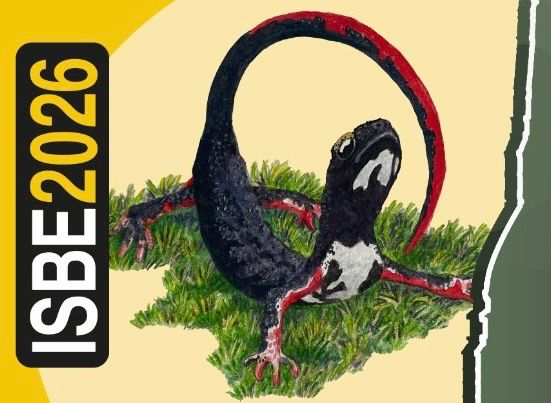

Professor at Universidade Federal do Rio Grande do Norte (Brazil), Renata ‘s research focuses on bioacoustics of aquatic mammals and has pioneered the field of ecoacoustics and soundscape ecology in Brazil.

Professor at Universidade Federal do Rio Grande do Norte (Brazil), Renata ‘s research focuses on bioacoustics of aquatic mammals and has pioneered the field of ecoacoustics and soundscape ecology in Brazil.






Watch the full video: “What singing lemurs can tell us about the origin of music”
news.mongabay.com/video/2025/0...

Watch the full video: “What singing lemurs can tell us about the origin of music”
news.mongabay.com/video/2025/0...
@marcogamba.bsky.social

@marcogamba.bsky.social

